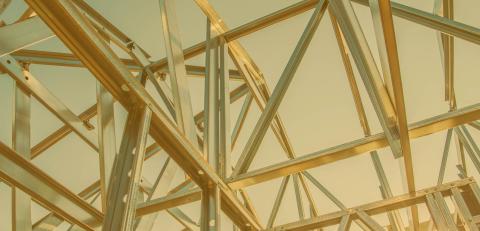The Building Amendment Regulation 2022 (Amendment Regulation) has now been approved.
The amendments extend existing professional indemnity insurance exemption arrangements for private building certifiers and clarify inspection requirements associated with stages of assessable building work.
Key changes
The BR 2021 continues to support the objectives of the Building Act 1975 and generally maintains the obligations and requirements in the BR 2006. The Amendment Regulation will make the following changes to the BR 2021.
Professional indemnity insurance
The exemption period that allows building certifiers to hold professional indemnity insurance with an exclusion relating to external cladding has been extended from 30 June 2022 to 30 June 2023.
The amendment will:
- extend the exemption period that allows private building certifiers to hold an external cladding related exclusion on their professional indemnity insurance policies for a further 12-months.
- give private building certifiers clarity on when their licences will be effective following the expiry of the exemption period on 30 June 2023.
- allow an exempted licence (issued on or before 30 June 2023) to continue to apply until the exempted licence expires. For example, if the private certifier holds an exempted licence that expires on 12 September 2023, the licence is current to that date. On renewal, the professional indemnity insurance required will be as prescribed in legislation.
Inspection requirements
Amendments to the BR 2021 have been made to clarify some of the inspection requirements for stages of assessable building work.
Amendments clarify who must inspect and approve stages of assessable building work for singledetached class 1a buildings and relevant class 10 buildings or structures.
The amendments clarify that for a single detached class 1a building or a relevant class 10 building or structure:
- the building certifier remains responsible for signing the certificate of inspection for the excavation, footings and/or slab and final stage
- for the excavation, footings and/or slab stages, the building certifier may rely on an aspect inspection certificate (from relevant competent persons) for each aspect of the stage to sign the certificate of inspection for the stage
- the building certifier is not required to personally inspect the excavation, footings and/or slab stages of inspection, provided the above conditions are met.
For single detached class 1a buildings, it remains a requirement for a competent person (for inspections) providing help for boundary clearance work to be a cadastral surveyor. For single detached class 1a buildings, a competent person providing inspection help for building work involving the reinforcement of footings system and formwork and reinforcement for a slab, must be a registered professional engineer.
The amendments also clarify that a building certifier must sign the certificate of inspection for the following stages of single detached class 1a and relevant class 10 buildings or structures:
- after the excavation of foundation material and before the concrete for the footings, or slab for the building or structure is poured
- if the building or structure is to have footings – after the placement of formwork and reinforcement for the footings but before the concrete for the footings is poured
- if the building or structure is to have a slab – after the placement of formwork and reinforcement for the slab but before the concrete for the slab is poured.
For relevant class 10 buildings or structures, the above requirements regarding the excavation, footings and slab stage inspections only apply where the assessing building certifier has specified the inspection as a requirement of their building development approval.
It remains a requirement for a building certifier also to sign the certificate of inspection for the final stage of work for both single detached class 1a buildings and class 10 buildings or structures.
More information
For more information on the new legislation, visit the Department of Energy and Public Works website.
For more building industry information, please visit the Business Queensland website.
Related enquiries
To provide feedback or any related enquiries, use our Feedback & Enquiries form or visit the Contact us page.


